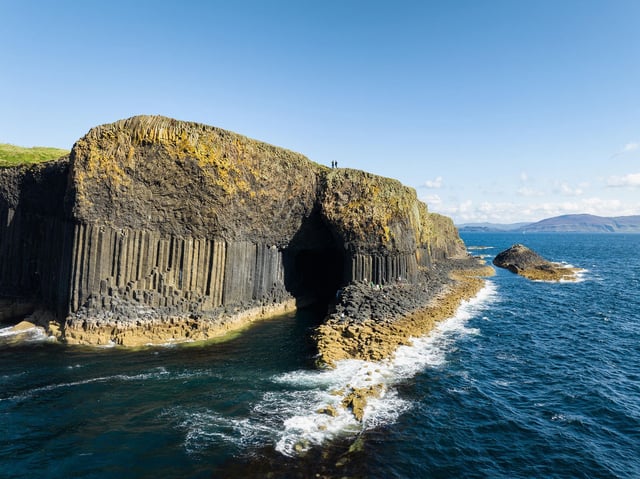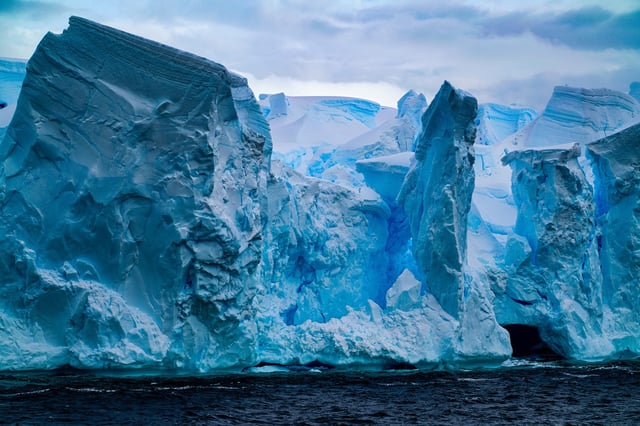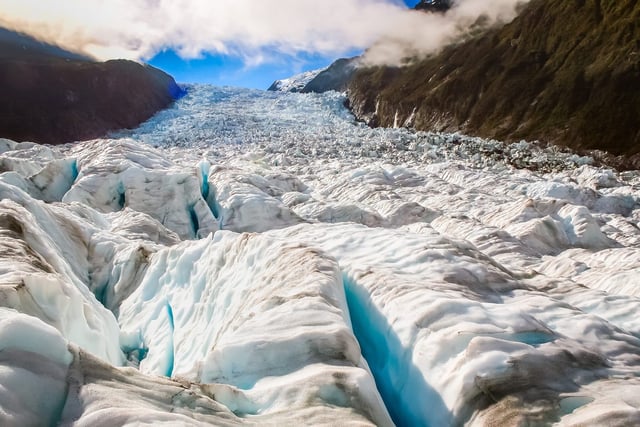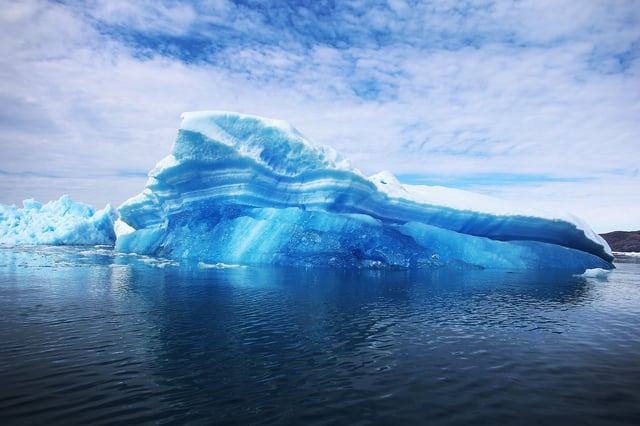Overview
- During the Neoproterozoic era, global glaciations acted as geological bulldozers, scraping Earth's crust and releasing rare minerals into the oceans.
- Researchers analyzed zircon grains from ancient rocks in Scotland and Ireland, uncovering evidence of intensified erosion during glacial periods.
- The influx of minerals, including uranium, into oceans significantly altered ocean chemistry, supporting microbial life and early nutrient cycling.
- These changes in ocean conditions likely contributed to the evolution of complex multicellular organisms after the Cryogenic period.
- The study highlights parallels between ancient climate shifts and modern climate change, emphasizing Earth's interconnected systems.



